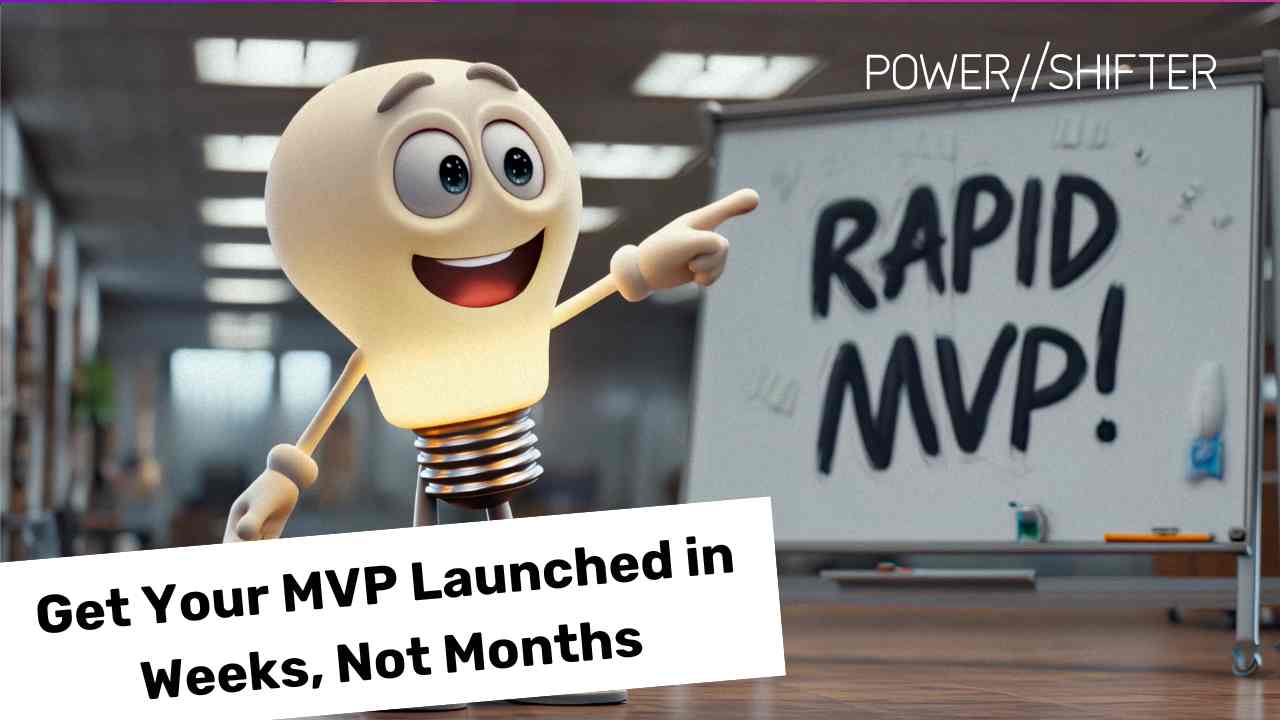Uniform: Expanding What’s Possible in Composable DXPs
Just wrapped up a roadmap demo with the team at Uniform, and the depth of what they’re building is impressive. We’ve been tracking the progression of composable DXPs for a while, but seeing how Uniform is tackling real-world challenges—especially when it comes to integrating multiple content sources—was a standout moment.
What is Uniform, and How Does It Complement Headless and Composable Architectures?
Uniform is a composable digital experience platform (DXP) designed to unify and simplify the way teams work with multiple CMSs, commerce platforms, and data sources. Unlike traditional DXPs that force businesses into an all-in-one monolithic system, or headless solutions that require heavy developer involvement, Uniform sits on top of an existing composable stack.
It acts as an orchestration layer, providing a visual workspace where marketers and business teams can build and personalize digital experiences—without disrupting developer workflows or requiring custom integrations. The result? More control, faster iteration, and less reliance on engineering resources after the initial build.
Why This Matters: Addressing the Challenges of Headless & Composable Architectures
For years, the shift to headless CMSs and composable architectures has been a double-edged sword. On one hand, these solutions offer flexibility, scalability, and the ability to integrate best-of-breed technologies. On the other, they come with real challenges that have made adoption difficult for some businesses:
- Heavy reliance on developers – Traditional headless setups require engineers to handle everything from content modeling to frontend rendering, limiting the autonomy of marketing teams.
- Complex integrations – Connecting multiple CMSs, commerce engines, and personalization tools often leads to custom middleware that adds technical debt.
- Slow iteration cycles – When marketing teams can’t make changes without developer support, launching campaigns or testing new experiences becomes a bottleneck.
- Performance concerns – Personalization and A/B testing in traditional DXPs often introduce latency issues, impacting site speed and user experience.
How Uniform Solves These Challenges
Uniform directly addresses these friction points by introducing a visual experience layer that enables non-technical teams to build and optimize experiences—while still giving developers full control over how content and data flow through the system.
Here’s what stood out most in the demo:
- True composability without added complexity – Connect disparate CMSs, commerce platforms, and data sources without a mess of custom code.
- Drag-and-drop control that doesn’t sideline developers – Marketers get the autonomy they need, but the underlying architecture remains flexible for dev teams to extend when necessary.
- Performance-first approach to personalization and A/B testing – Runs efficiently at the edge without causing lag or flicker.
- A pragmatic roadmap – Features aren’t just being added for the sake of it; they’re clearly focused on solving workflow bottlenecks and making composable architectures more accessible.
Final Thoughts
What stood out most was how practical this all feels. We’ve seen plenty of tools promise to simplify composability, only to introduce new layers of complexity. Uniform’s approach feels different—it’s designed to work with existing tech stacks instead of forcing teams into yet another rigid system.
Excited to put this to work with our clients and see how it evolves. If the demo was any indication, there’s plenty of forward momentum here.


















